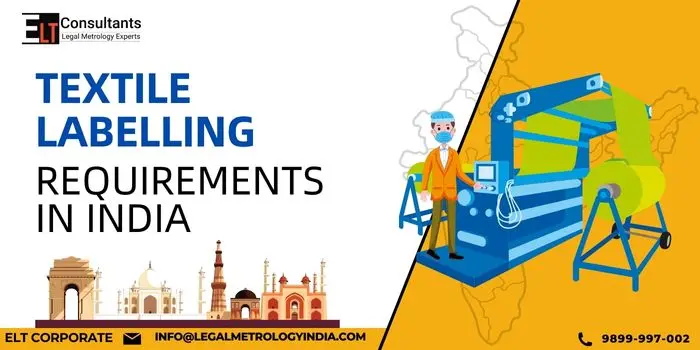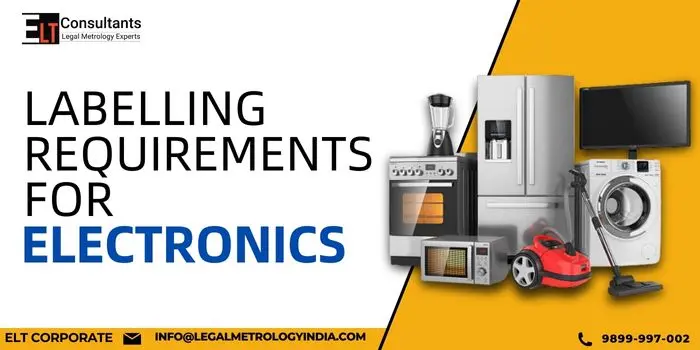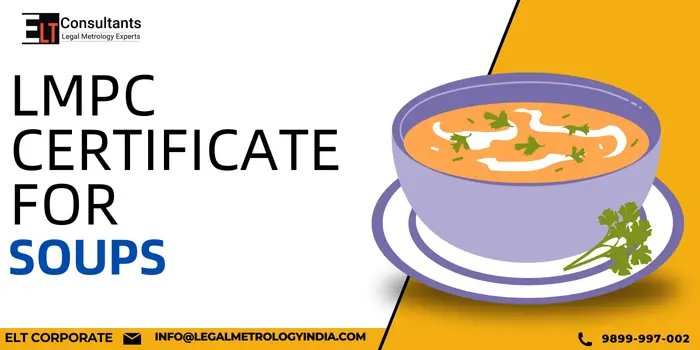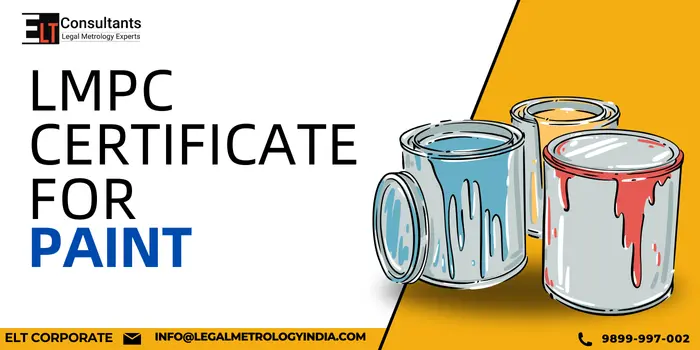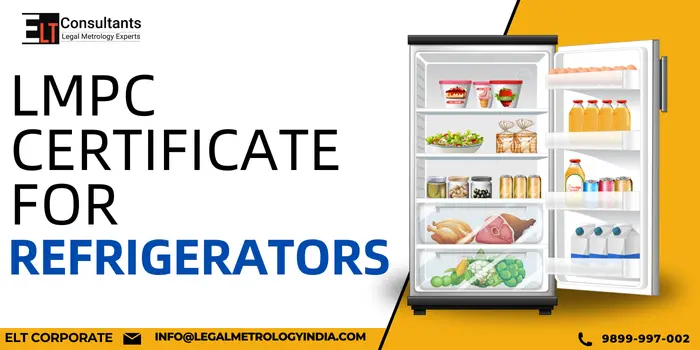What is Section 24 Legal Metrology Act?
Understanding Section 24 Legal Metrology Act can feel overwhelming especially if you are unfamiliar with the legal metrology and compliance requirements. However, this act is crucial for businesses and consumers alike it ensures fair trade practices by establishing standards for measurement. Knowing the act provisions is essential for avoiding legal issues if you are involved in commerce. This article will break down the key aspects of the 24 legal metrology act making it easier for you to grasp its importance and implications. What Does the Section 24 Legal Metrology Act Entail? Section 24 Legal Metrology Act is designed to regulate the trade of goods based on accurate measurements. It establishes a framework for legal standards ensuring that consumers receive what they pay for the Act. It covers various sectors from retail to manufacturing and its implications affect anyone dealing with weights and measures. Why Is the Section 24 Legal Metrology Act Necessary? The necessity of the Legal Metrology Act Section 24 stems from the need for transparency in trade by regulating weights and measures. The Act helps prevent fraud and ensure fair competition, this protection benefits consumers as they can trust the accuracy of product measurements. Businesses also gain a level playing field by fostering ethical trading practices. Who Is Affected by the Section 24 Legal Metrology Act? The Legal Metrology Act Section 24 also affects a broad spectrum of individuals and entities. Manufacturers, importers, and retailers must comply with the regulations. Even consumers play an important role as they benefit from transparency and fairness. Understanding who is impacted can help you identify your obligations under the act Where Can You Find the Provisions of the Legal Metrology Act Section 24? You can find provisions of Section 24 legal metrology acts in official government documents and websites. These resources provide comprehensive information about the act requirements, legal databases, and industry publications. Also, offer insights and interpretations that can enhance your understanding When Did the Section 24 Legal Metrology Act Come Into Effect? The Legal Metrology Act Section 24 came into effect in a specific year to standardize the measurements across the country. Understanding the historical context can help you appreciate the act’s significance. This timeline also highlights its evolution and adaptation to modern commerce. How Can Businesses Comply with the Section 24 Legal Metrology Act? Businesses can ensure compliance with the Section 24 Legal Metrology Act by following several best practices. First familiarize yourself with the specific regulations related to your industry, regular staff training. On the other hand, standards are also essential for implementing quality and control measures. It can further safeguard your compliance by all the false practices. What Are the Key Components of the Section 24 Legal Metrology Act? There’s several key components that define its framework. These include regulations on packaging leaping and measurement standards. Each component serves a unique purpose ensuring that all aspects of trade are covered. Learning these components is vital for effective compliance How Does the Section 24 Legal Metrology Act Protect Consumers? The Section 24 Legal Metrology Act protects consumers by ensuring they receive accurate information about products. This includes details such as weight, quality, quantity, and price. By enforcing strict standards, the act empowers consumers to make them informed and helps to foster trust in the marketplace. What Are the Consequences of Non-Compliance with the Section 24 Legal Metrology Act? Non-compliance with the Section 24 Legal Metrology Act can lead to severe consequences. Businesses may face hefty fines, legal actions or even revocations of licenses. The reputational damage from being found non-compliant can also have lasting effects on the business. This is why prioritizing compliance is crucial for any business in the market. Conclusion The Section 24 Legal Metrology Act is essential for ensuring fair trade practices and consumer protection. That’s why understanding its provisions can help you navigate compliance effectively whether you are a business owner or consumer. Being informed about this act can lead to better trade practices and greater consumer confidence. By following these rules you contribute to a more transparent marketplace. FAQ



